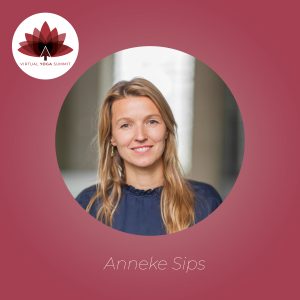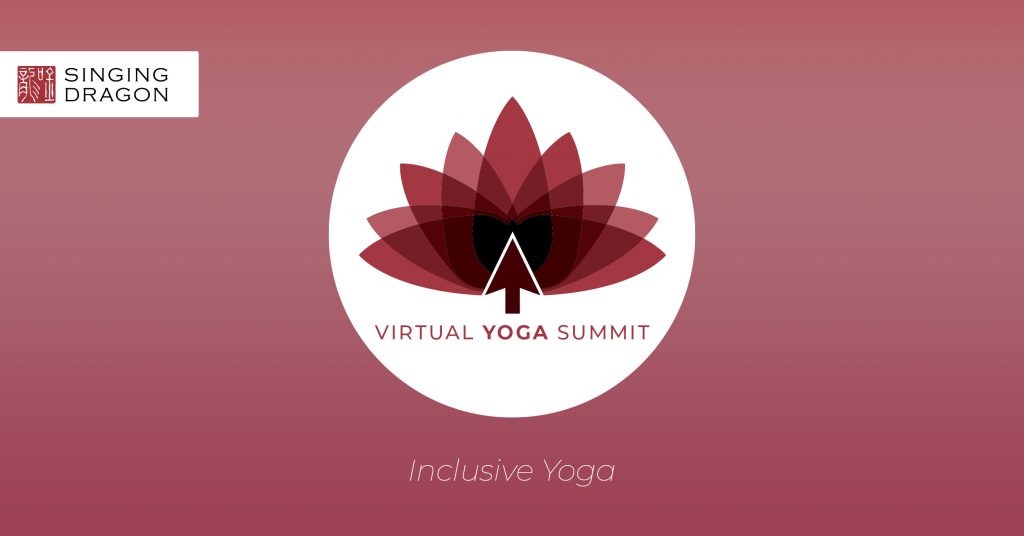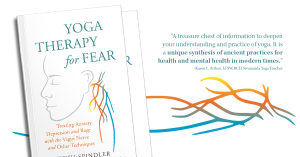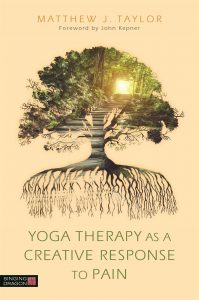
Yoga therapy and its intersection with healthcare
“Why does a medical system want yoga?” Dr. Ananda Balayogi Bhavanani asked me this in a conversation about yoga therapy and its intersection with healthcare. “Because modern medicine focuses on curing, but when yoga is added to the equation, it can help individuals heal and give them a sense of their own inner wellness.”
Dr. Ananda Balayogi Bhavanani is both a medical doctor and successor to an ancient yogic tradition and therefore has a foot firmly in each camp of mainstream medicine and traditional yoga. “Modern medicine is good at acute interventions. First, medicine was an art, then it became a science and now it’s more like a business. So is yoga, by the way,” he joked. His view is that medical treatment has changed over time; from treatment of the individual, then to treatment of the diagnosis and now to treatment to the lab report. “But the limitation of modern medicine is the strength of yoga. Yoga empowers the individual and it helps them to connect with their own inner resources. Hence when they come together, they help in the best possible way.” Continue reading



 Welcome to Singing Dragon’s first-ever Virtual Yoga Summit, a digital event celebrating inclusivity in yoga and yoga therapy with the help of a carefully curated panel of experts and authors. This blog will be the central hub to our event, so do keep checking back to access all content, including videos, articles and podcasts. For scheduled live events, please head over to the
Welcome to Singing Dragon’s first-ever Virtual Yoga Summit, a digital event celebrating inclusivity in yoga and yoga therapy with the help of a carefully curated panel of experts and authors. This blog will be the central hub to our event, so do keep checking back to access all content, including videos, articles and podcasts. For scheduled live events, please head over to the 
 Karla Helbert, author of
Karla Helbert, author of 


 take for you to shift to “moving through” the holidays or “experiencing” the holidays rather than just trying to get through them? Although the difference in this wording is somewhat subtle, it can be significant as we shift from survival mode into a more holistic acceptance of the process of being present—mind, body, and soul—for the holidays.The glow of Christmas trees, menorahs, and Diwali candles, along with many other images and traditions from richly diverse cultures, light our way through the holidays each year. Along with the beauty of holiday decorations and celebrations, however, often comes a fair amount of stress. This could be financial stress or the stress of physical exhaustion from simply trying to keep up with all of the extra events. It could also be emotional stress due to an injury or illness, challenging family dynamics, or grief from the loss of a loved one. Pause for a moment and check in: On a scale of 1 to 10, what is your current stress level? Breathe. Look around you. Then, look within. Is there any crisis taking place in the current moment, or is the stress generating from within? Feel the soft rhythm of your inhale and exhale washing through you with grace.
take for you to shift to “moving through” the holidays or “experiencing” the holidays rather than just trying to get through them? Although the difference in this wording is somewhat subtle, it can be significant as we shift from survival mode into a more holistic acceptance of the process of being present—mind, body, and soul—for the holidays.The glow of Christmas trees, menorahs, and Diwali candles, along with many other images and traditions from richly diverse cultures, light our way through the holidays each year. Along with the beauty of holiday decorations and celebrations, however, often comes a fair amount of stress. This could be financial stress or the stress of physical exhaustion from simply trying to keep up with all of the extra events. It could also be emotional stress due to an injury or illness, challenging family dynamics, or grief from the loss of a loved one. Pause for a moment and check in: On a scale of 1 to 10, what is your current stress level? Breathe. Look around you. Then, look within. Is there any crisis taking place in the current moment, or is the stress generating from within? Feel the soft rhythm of your inhale and exhale washing through you with grace.